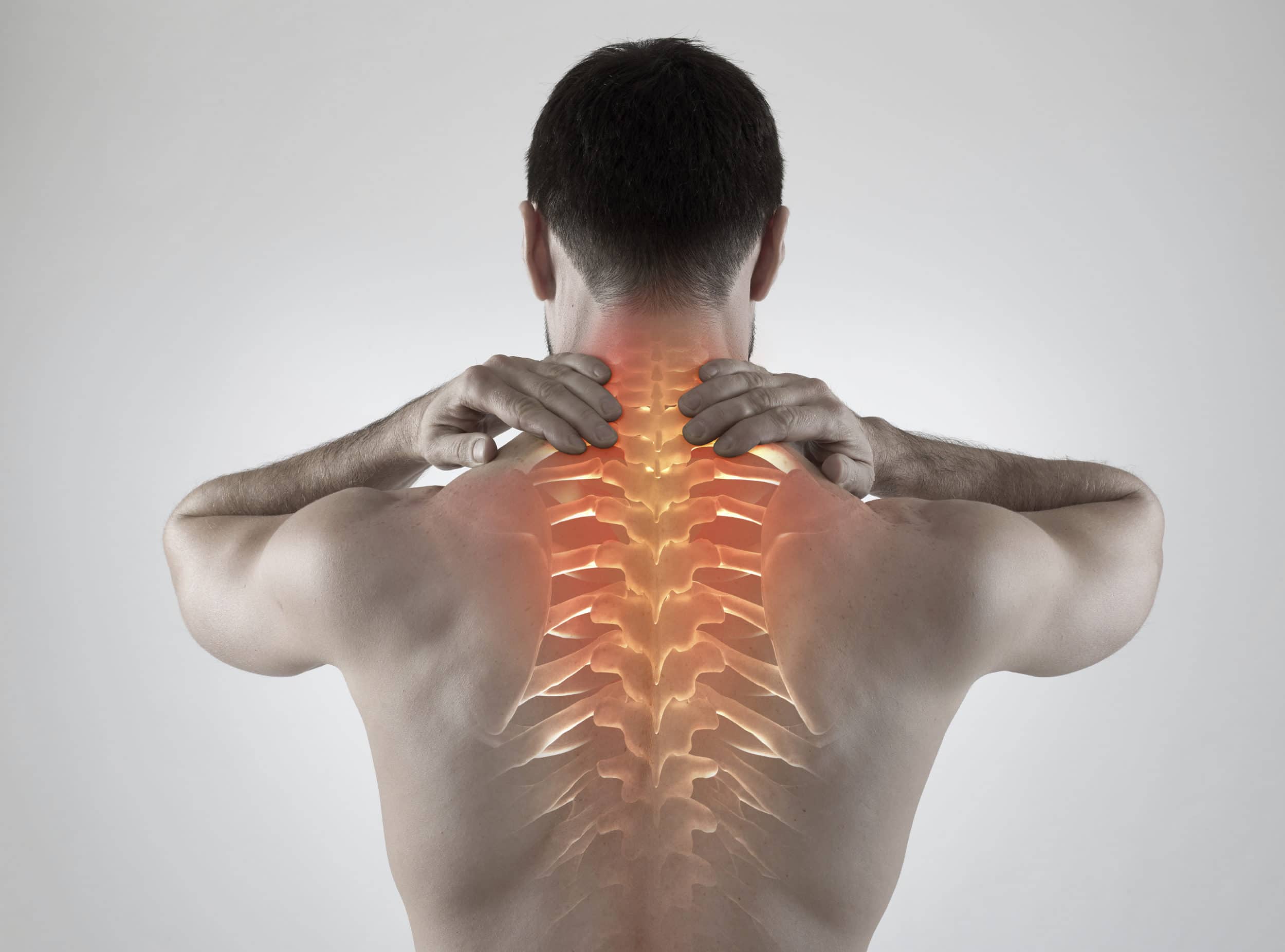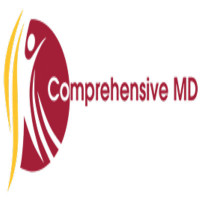How Can Posterior Cervical Fusion Help You Recover from Spinal Injuries?

Strong 8k brings an ultra-HD IPTV experience to your living room and your pocket.
Spinal injuries, particularly those affecting the cervical (neck) region, can result in severe pain, reduced mobility, and significant discomfort. These injuries often require surgical intervention when conservative treatments such as physical therapy or medications fail. One of the most effective surgeries for certain spinal injuries is Posterior Cervical Fusion (PCF). At Comp-MD, we specialize in helping patients understand the surgical options available for recovery, including posterior cervical fusion. This article outlines how this procedure works, its benefits, and how it can support recovery following a spinal injury.
What Is Posterior Cervical Fusion?
Posterior Cervical Fusion is a surgical procedure designed to stabilize the cervical spine by fusing two or more vertebrae together. The procedure is typically performed when other treatment options have been unsuccessful. During the surgery, a small incision is made in the back of the neck (posterior approach), and the surgeon removes damaged discs or tissue. Bone grafts and hardware such as screws and plates are then used to stabilize the spine. Over time, the bones fuse together, eliminating movement between the vertebrae and preventing further complications.
At Comp-MD, our medical professionals carefully evaluate each patient to determine if this surgery is the right option for their condition, helping them make informed decisions about their treatment.
Conditions That May Require Posterior Cervical Fusion
Posterior Cervical Fusion is recommended for various cervical spine conditions that cause significant pain, instability, or nerve compression. Some of the most common conditions treated with this procedure include:
Herniated Discs: When a disc in the neck bulges or ruptures, it can press on the spinal cord or nerve roots, causing pain, numbness, or weakness in the arms. Fusion surgery may be necessary if other treatments fail to relieve these symptoms.
Spinal Fractures: Trauma or injury to the cervical spine can lead to fractures, which may cause spinal instability or compression. In such cases, posterior cervical fusion helps to stabilize the spine and prevent further injury.
Degenerative Disc Disease: As the discs between vertebrae wear down over time, they may cause pain and nerve compression. If conservative treatments don’t provide relief, fusion may be needed to stabilize the spine and alleviate symptoms.
Spinal Stenosis: This condition involves the narrowing of the spinal canal, putting pressure on the spinal cord. Posterior cervical fusion can relieve this pressure, improving function and reducing pain.
Cervical Spondylosis: Also known as neck arthritis, this condition can lead to the formation of bone spurs that press against nerves, causing discomfort. Surgery may be required to stabilize the spine if conservative treatments are ineffective.
At Comp-MD, our team works closely with each patient to identify the best treatment for their specific condition, ensuring the best possible outcomes.
How Posterior Cervical Fusion Helps Relieve Pain
One of the primary reasons for choosing posterior cervical fusion is to relieve pain caused by nerve compression. In conditions like herniated discs, bone spurs, or spinal stenosis, the pressure on the spinal cord or nerves can lead to severe discomfort, numbness, and weakness in the arms or hands. By fusing the vertebrae, the surgery eliminates the movement that causes this pressure, providing long-term pain relief.
By stabilizing the spine, posterior cervical fusion helps to remove the source of discomfort and allows patients to regain function. For patients who have been living with chronic pain, this procedure can provide a significant improvement in quality of life.
How the Surgery Supports Spinal Stability
Spinal stability is essential for proper movement and function. When the cervical spine becomes unstable due to injury, degeneration, or deformity, it can lead to a variety of symptoms, including pain, weakness, and difficulty performing daily activities. Posterior cervical fusion restores stability to the spine by fusing the affected vertebrae, preventing further movement that could aggravate the injury or cause additional damage.
At Comp-MD, we understand the importance of spinal stability in recovery. Our team works with patients to ensure they understand how the procedure will help restore their spine’s structural integrity and support their long-term health.
The Role of Bone Grafts in Fusion Surgery
During posterior cervical fusion, bone grafts are used to promote the fusion of the vertebrae. These grafts can be taken from the patient’s own body (autograft), from a donor (allograft), or synthetic materials may be used. The graft material helps stimulate the growth of new bone between the vertebrae, allowing them to fuse together and form a solid segment of the spine.
At Comp-MD, we ensure that the appropriate grafting technique is selected for each patient based on their specific needs. This is an important step in promoting healing and achieving the desired outcome after surgery.
Recovery Process After Posterior Cervical Fusion
The recovery process following posterior cervical fusion typically involves a hospital stay of a few days, followed by several weeks of rest and physical therapy. While the fusion process can take several months, many patients begin to feel relief from their symptoms shortly after the procedure.
At Comp-MD, we provide detailed recovery plans for our patients, focusing on rehabilitation and physical therapy to restore movement and strength. We also offer guidance on post-operative care, ensuring a smooth recovery and minimizing the risk of complications.
Potential Risks and Complications
As with any surgery, posterior cervical fusion comes with some risks. These may include infection, bleeding, nerve damage, or issues with the fusion itself (such as non-union of the bones). However, these risks are relatively rare, and Comp-MD takes every precaution to ensure the safety and well-being of our patients throughout the process.
Our experienced surgeons and medical team provide thorough consultations and follow-up care to minimize complications and address any concerns during recovery.
Long-Term Outcomes and Quality of Life After Surgery
For most patients, posterior cervical fusion provides long-term relief from the symptoms caused by spinal injuries or degenerative conditions. Many patients experience a significant improvement in pain levels, mobility, and overall quality of life. The procedure helps restore function, reduce the need for pain medications, and prevent further spinal damage.
At Comp-MD, we are committed to helping patients achieve the best possible outcomes. Through personalized treatment plans and dedicated care, we support our patients throughout their recovery and beyond.
Conclusion
Posterior Cervical Fusion can be an excellent option for those recovering from spinal injuries or degenerative conditions that affect the cervical spine. It offers pain relief, restores stability, and supports long-term healing. If you are dealing with a spinal injury or condition and are exploring surgical options, Comp-MD is here to guide you every step of the way.
We encourage you to contact us to schedule a consultation, discuss your symptoms, and learn more about how posterior cervical fusion can help you recover and improve your quality of life.
FAQs
What is Posterior Cervical Fusion?
Posterior Cervical Fusion (PCF) is a surgical procedure where two or more vertebrae in the neck are fused together to stabilize the spine, often relieving pain and pressure on nerves.
When is Posterior Cervical Fusion needed?
It’s typically needed for conditions like herniated discs, spinal fractures, degenerative disc disease, or spinal stenosis when non-surgical treatments fail to provide relief.
What can I expect during recovery?
Recovery usually involves a hospital stay of a few days, followed by rest and physical therapy for several weeks. Full recovery can take 3 to 6 months, depending on the patient.
Are there risks involved?
As with any surgery, there are risks such as infection, nerve damage, or complications with the fusion process. However, these are rare, and the team at Comp-MD ensures the safest approach.
How successful is Posterior Cervical Fusion?
Most patients experience significant pain relief and improvement in mobility. The success rate is high, but results can vary based on the condition and individual factors.
Note: IndiBlogHub features both user-submitted and editorial content. We do not verify third-party contributions. Read our Disclaimer and Privacy Policyfor details.


